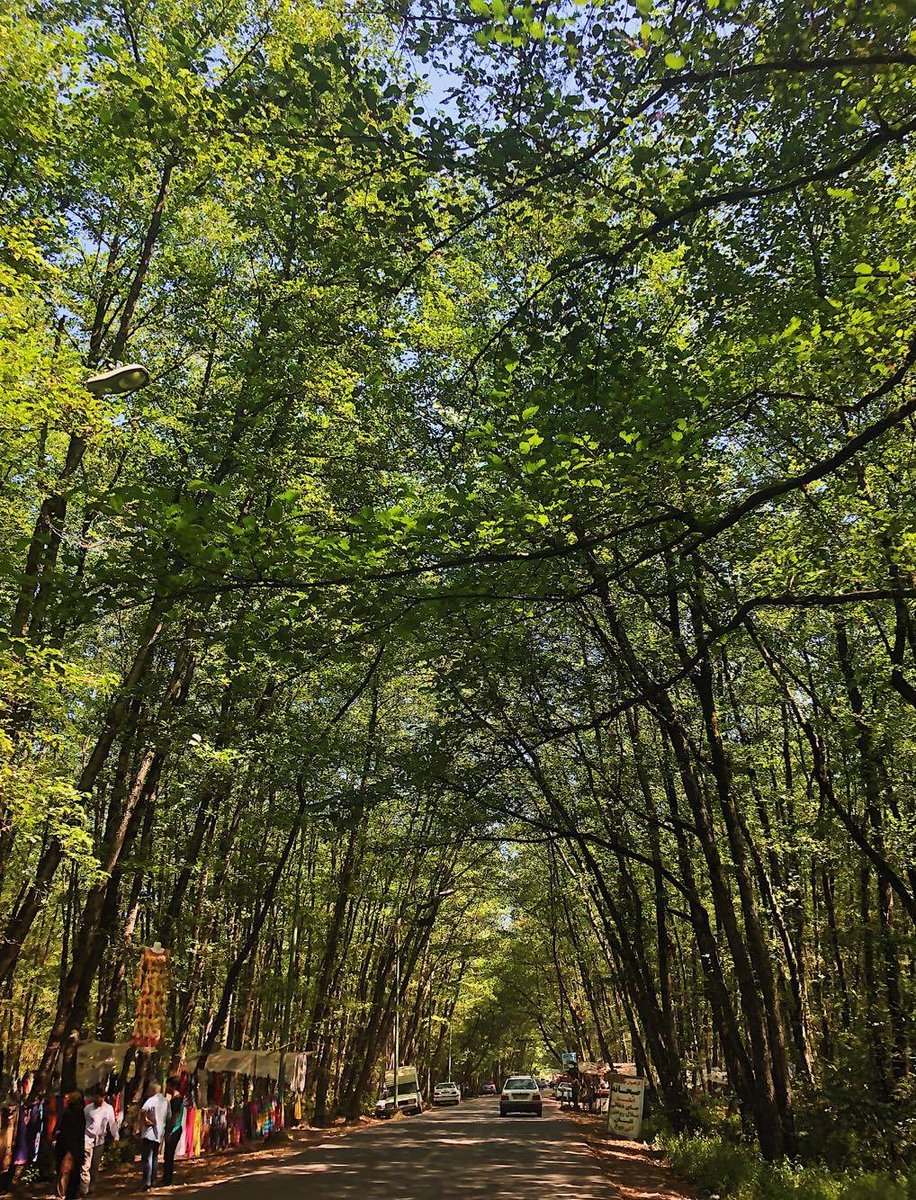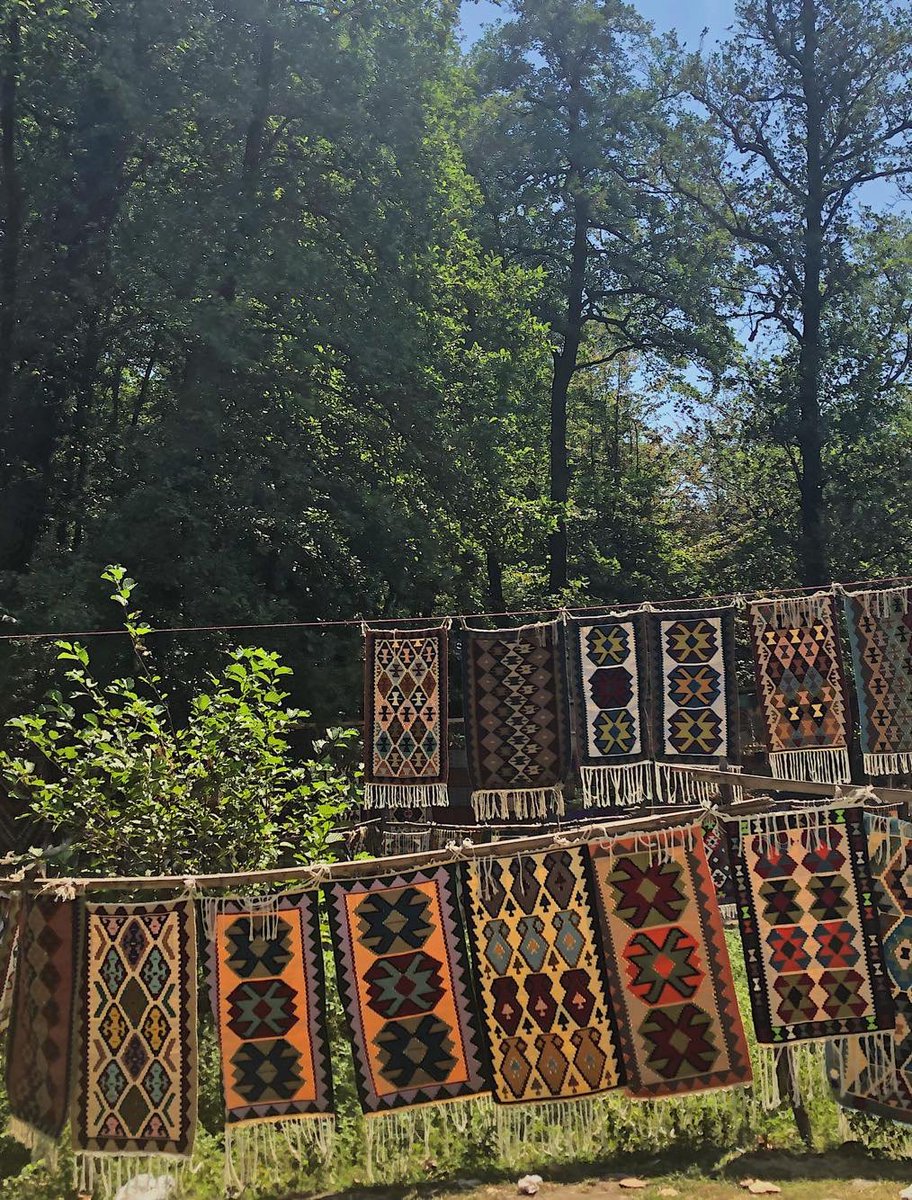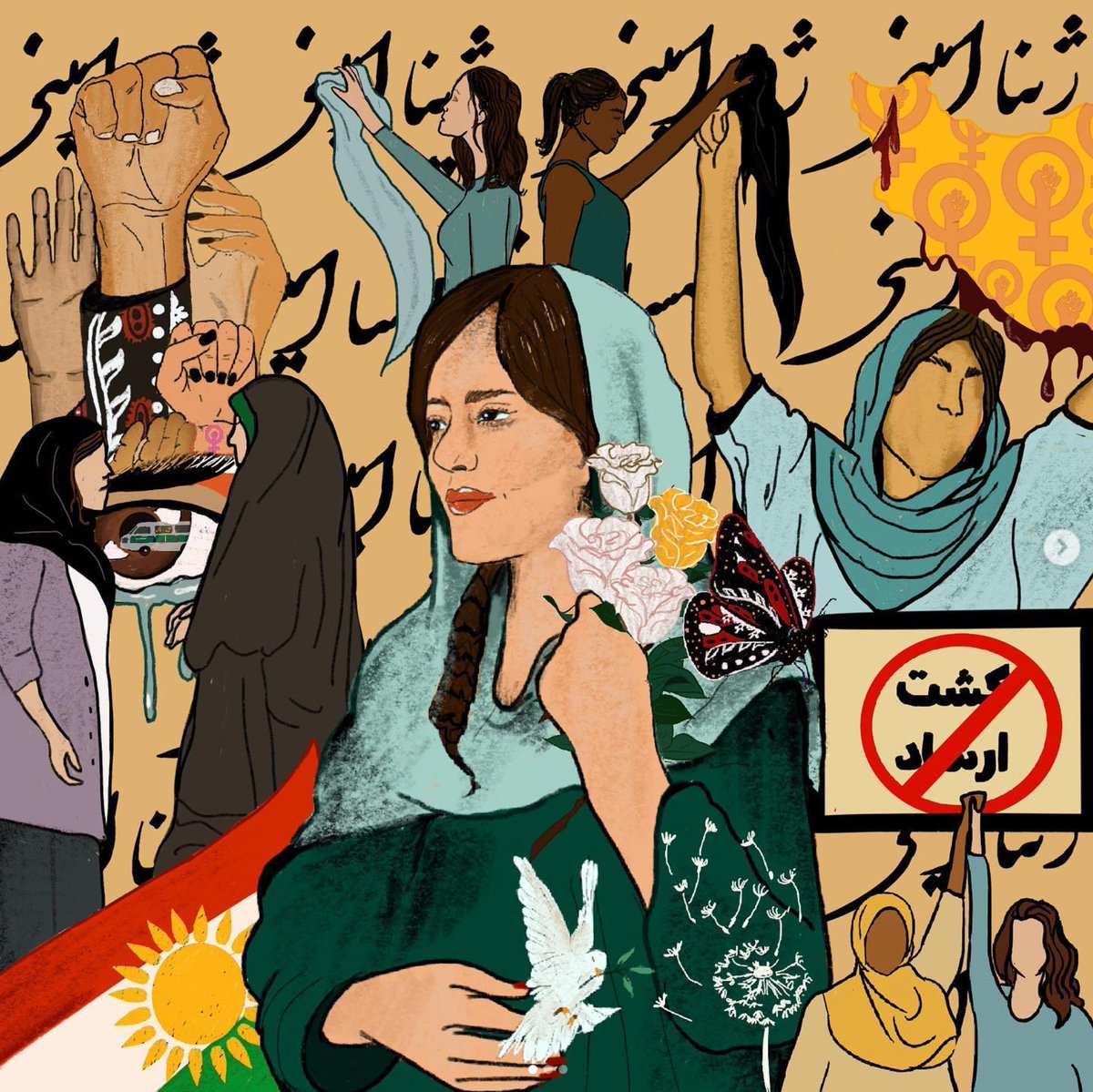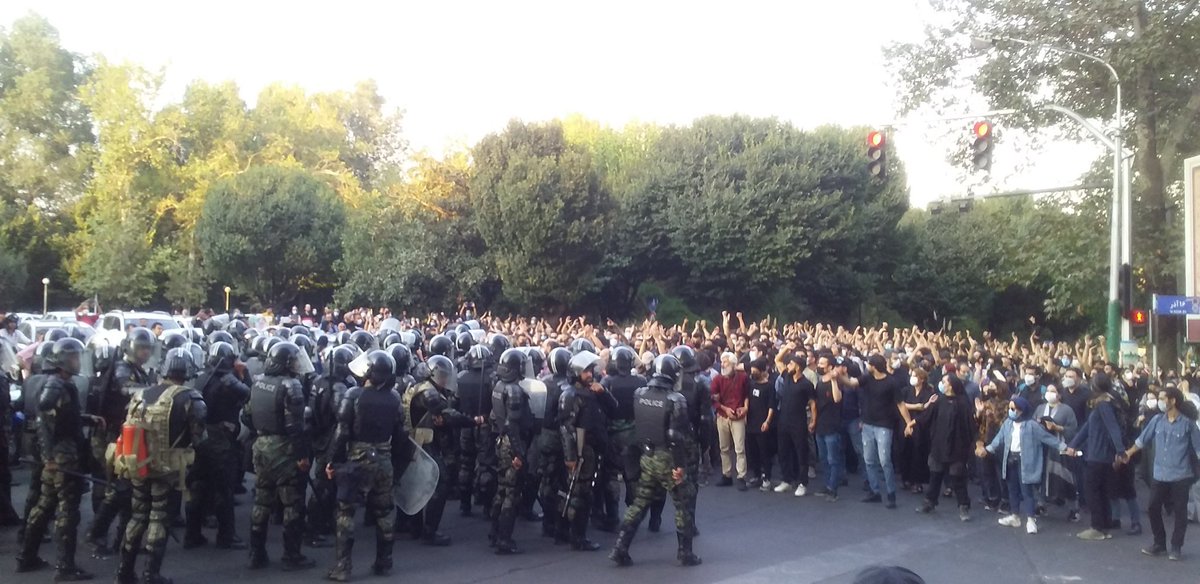Iran is a land of beauty and contrasts. I'd love to share some of that with you!
Today we're going to explore northwestern Iran, traveling into the forests of Gilan and over into Iranian Azerbaijani cities of Ardebil and Tabriz.
THREAD:



Today we're going to explore northwestern Iran, traveling into the forests of Gilan and over into Iranian Azerbaijani cities of Ardebil and Tabriz.
THREAD:

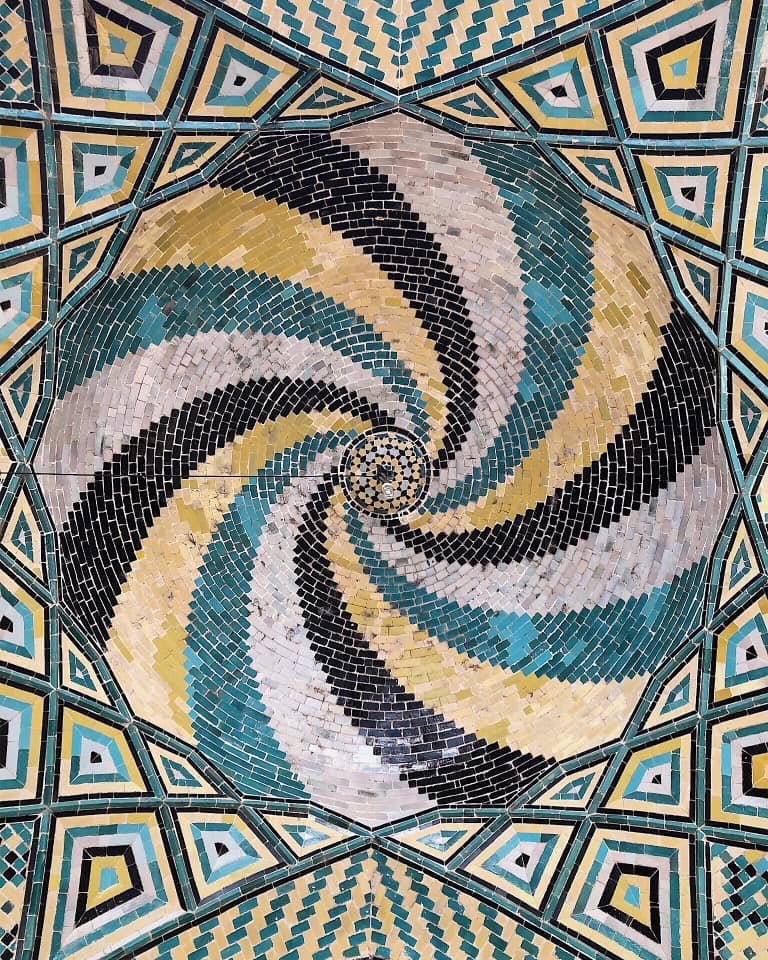


The road north from Tehran leads first into the subtropical Hyrcanian forests of Gilan, along the Caspian Sea coast.
This region is full of small villages surrounded by rice paddies or corn.



This region is full of small villages surrounded by rice paddies or corn.




Bandar Anzali, our first stop, is actually located in the middle of a lagoon!
Anzali is Iran's main port on the Caspian Sea, and it boomed during World War II.



Anzali is Iran's main port on the Caspian Sea, and it boomed during World War II.

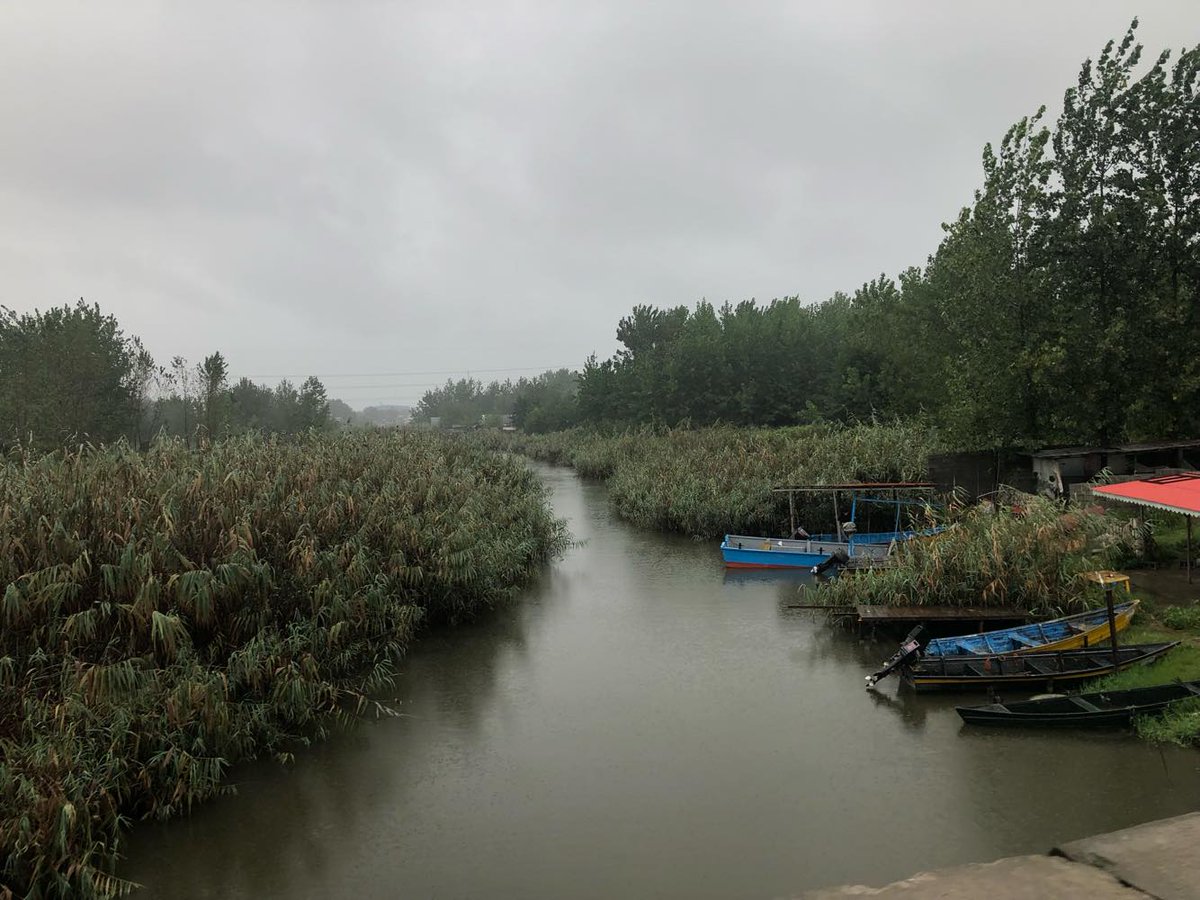


Anzali has some great mid-century architecture left over from its wartime boom, as well as a lot of cute more humble homes around the bazaar. 







Around 500,000 Polish refugees entered Iran during the war through Anzali, contributing immensely to Iranian culture and cuisine.
The large Polish cemetery in Anzali is testament to their presence.


The large Polish cemetery in Anzali is testament to their presence.



No visit to Anzali would be complete without a lagoonside meal!
The road from Asalem, on the Caspian coast, to Khalkhal, in the interior is a mist-covered beauty! And a perfect place to stop for some corn. 




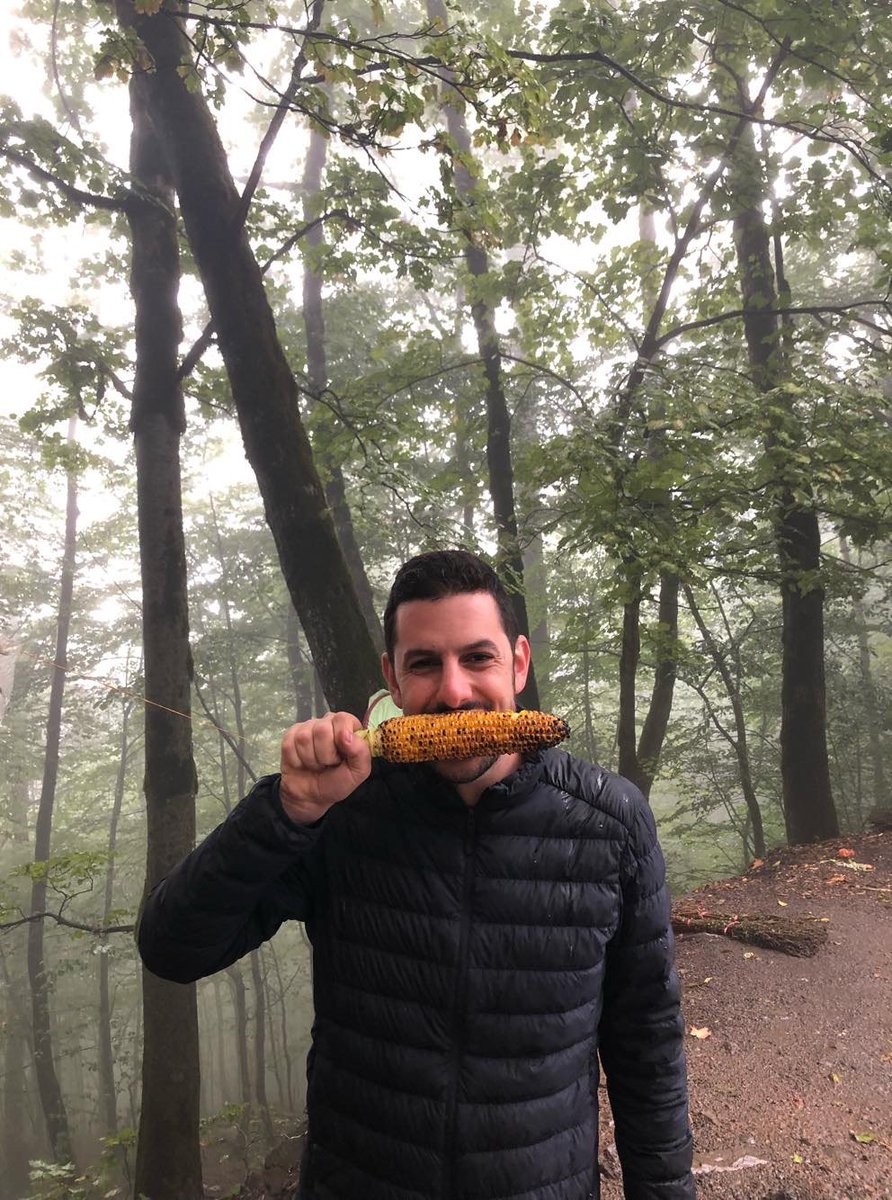
Khalkhal is the perfect place to stop for a typical Iranian breakfast- fresh barbari bread, an omelette, and sarshir (heavy cream) with locally made honey! 

From Khalkhal, it's a quick drive up into the mountains to Ardebil, a former Safavid capital city where the weather is cool year-round, thanks to its altitude. 



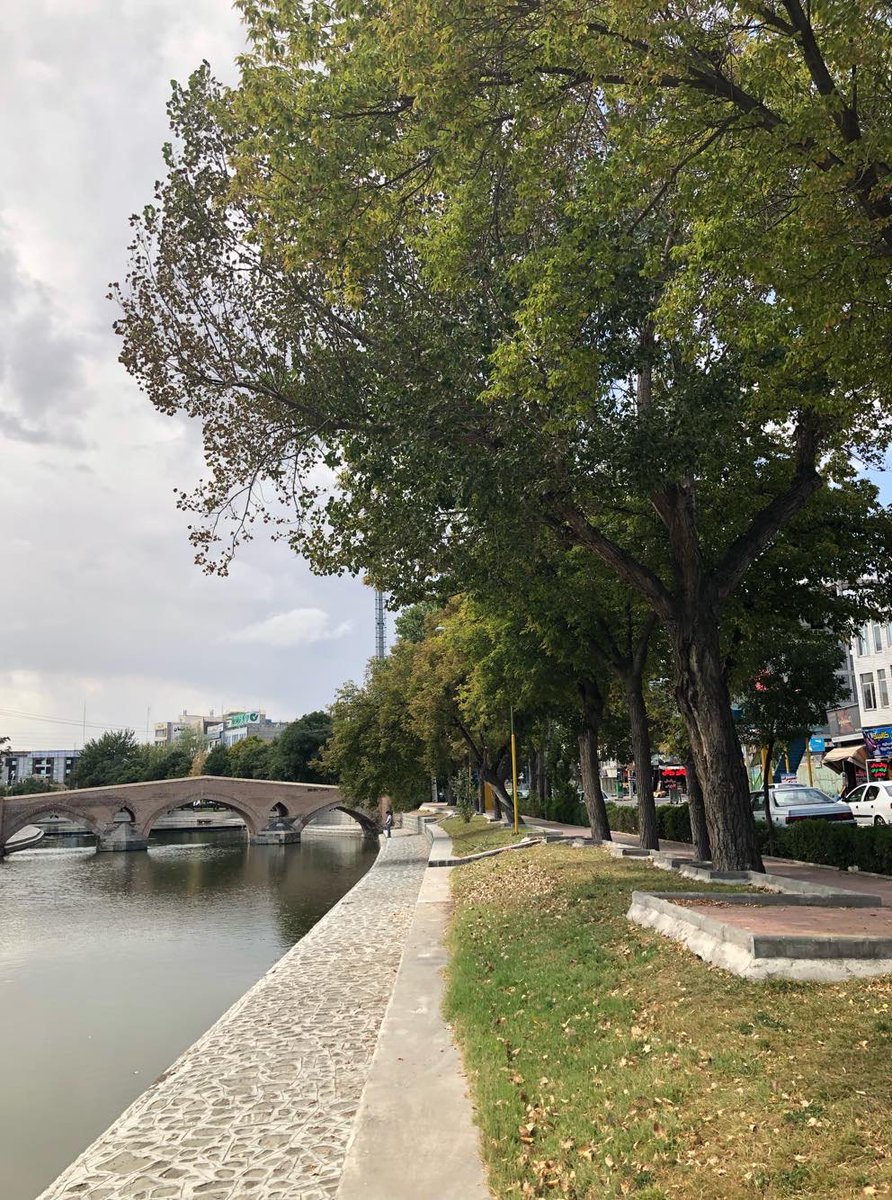

Ardebil is in the heart of Iranian Azerbaijan.
About 1/4 of Iranians - 25 million people - speak Azeri Turkish as their mother tongue, far more than in neighboring Republic of Azerbaijan.
Banners here, especially for religious occasions, are often written in Azeri.
About 1/4 of Iranians - 25 million people - speak Azeri Turkish as their mother tongue, far more than in neighboring Republic of Azerbaijan.
Banners here, especially for religious occasions, are often written in Azeri.

In Iranian Azerbaijan, Azeri is written in Persian script. But sometimes you see it written in Latin letters, to cater to tourists from across the border. 

Now for the real reason we're in Ardebil! The tomb of Sheikh Safi al-Din, a stunning architectural masterpiece.
It's home to the tomb of the Safaviyya Sufi order's founder. The Safavids went on to conquer Iran and ruled from 1500s to the 1700s as the Safavid Empire.



It's home to the tomb of the Safaviyya Sufi order's founder. The Safavids went on to conquer Iran and ruled from 1500s to the 1700s as the Safavid Empire.




Originally Kurdish, the Safavid founders moved to Iranian Azerbaijan and absorbed Azeri Turkish culture, before becoming leaders of a Persian empire.
The Safavids converted to Shi’ism - and they converted most of Iran along with them.


The Safavids converted to Shi’ism - and they converted most of Iran along with them.



From Ardebil, it's a two hour drive to the mysterious city of Shehr Yeri, a Neolithic city whose ruins date back around 7,000 years.
The site is known as the City of the Mouthless for the markings that cover hundreds of big stones and boulders, arranged atop a vast hill.



The site is known as the City of the Mouthless for the markings that cover hundreds of big stones and boulders, arranged atop a vast hill.
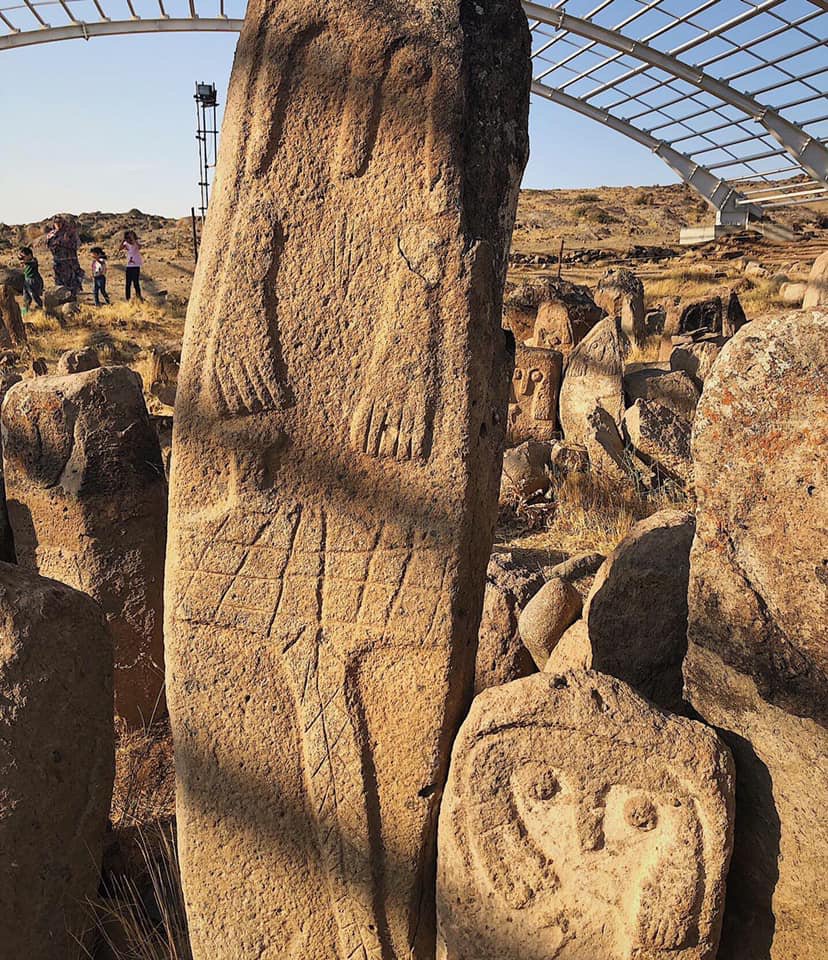



The most distinctive stones have been gathered at the bottom of the hill for protection; but as other photos show, atop the hill more than 500 of these big stones are arranged in what was once a holy site.
The oldest remains date to around 6000 BC.


The oldest remains date to around 6000 BC.



Now it's onward to Tabriz, the cultural and social heart of Azerbaijan!
Tabriz was a major turn of the century intellectual hub, playing a key role in the 1905-12 Constitutional Revolution, when Iranians rose up to demand an end to absolute monarchy and a constitution.



Tabriz was a major turn of the century intellectual hub, playing a key role in the 1905-12 Constitutional Revolution, when Iranians rose up to demand an end to absolute monarchy and a constitution.


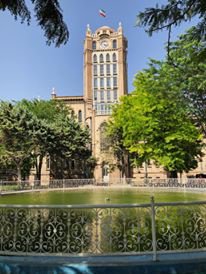
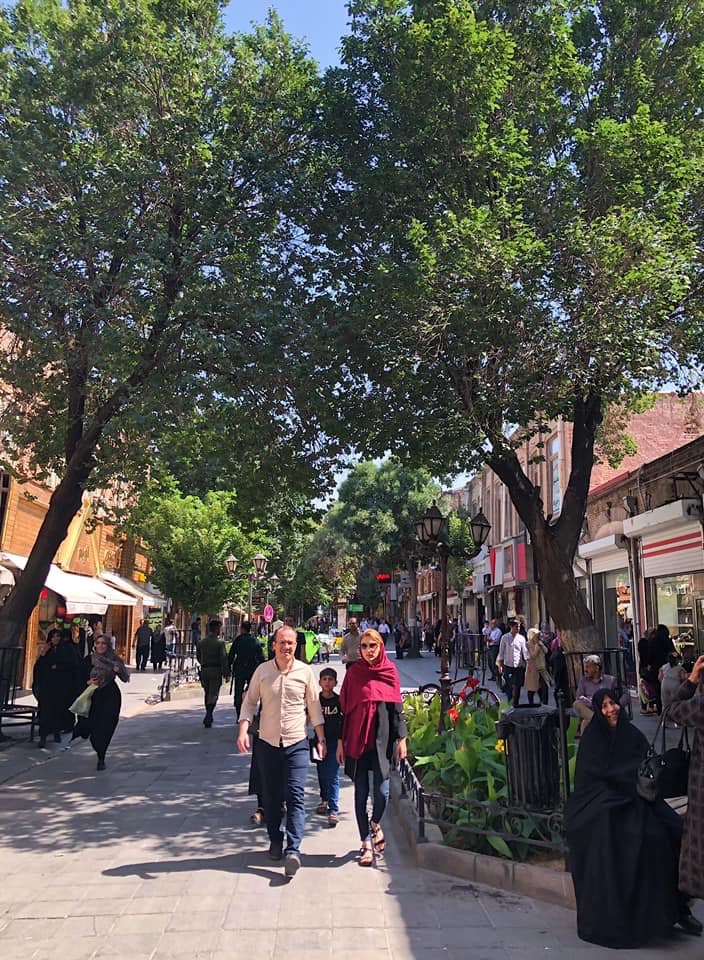
The beautiful bazaar of Tabriz, the largest covered marketplace in the world.
The bazaar has existed for at least 1,300 years, a key stopping point on the Silk Road and today the heart of commercial life of Iranian Azerbaijan.



The bazaar has existed for at least 1,300 years, a key stopping point on the Silk Road and today the heart of commercial life of Iranian Azerbaijan.




The bazaar flourished when Tabriz was the capital of Iran during Safavid rule, and it’s grandiose serays hosted traders from across the region. 







From Tabriz, we're in for a quick stop at the cliff village of Kandovan, built as a series of caves into volcanic rock on the edges of Mount Sahand.
Known as troglodyte dwellings, these cave homes are found around inactive volcanoes.


Known as troglodyte dwellings, these cave homes are found around inactive volcanoes.



Kandovan was said to have been settled 700 years ago, as villagers took safety in somewhat hidden mountain caves, expanding them over the years.
Today the village is fronted by newer mud brick houses, leading down to farming terraces in the small river valley below.



Today the village is fronted by newer mud brick houses, leading down to farming terraces in the small river valley below.
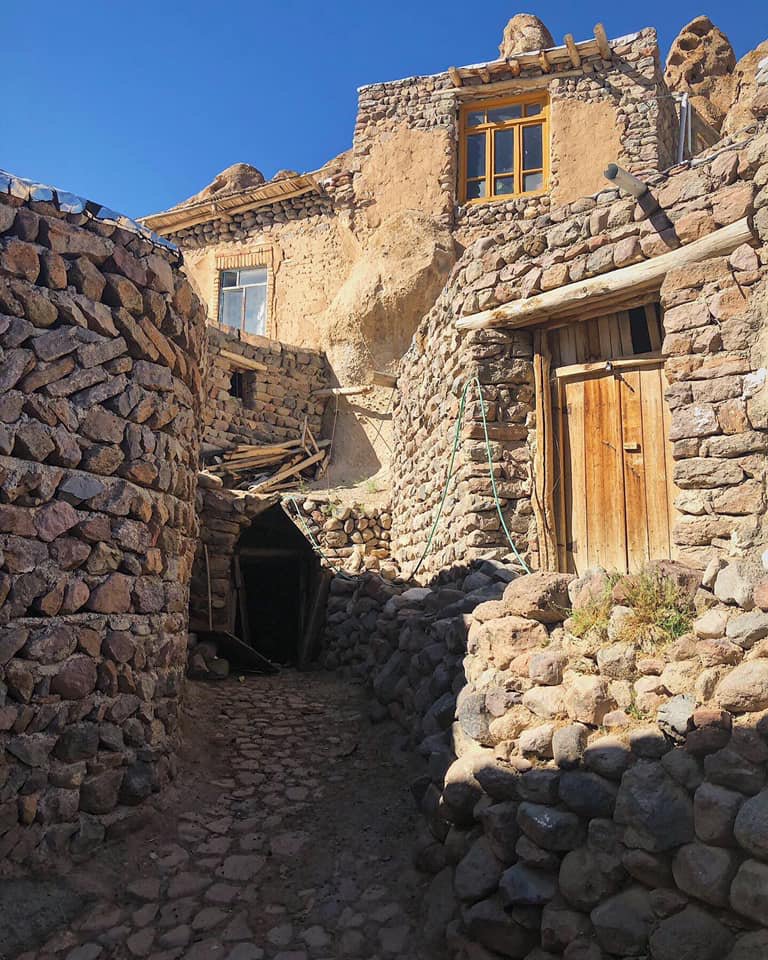



And a quick sunset dip in Lake Urmia, the largest saltwater lake in the Middle East and freshly full up after a winter of heavy rain and snow. 

In the mountains north of Tabriz, along the River Aras that today forms the border between Iran on one side and Armenia and Azerbaijan on the other, sits a series of Iranian Armenian monasteries dating back over 1,000 years. 





St Stepanos Monastery was established in the 600s and grew extensively in the Middle Ages, by the 1300s becoming a major center of Armenian cultural and intellectual production spurred by the monks based here. 




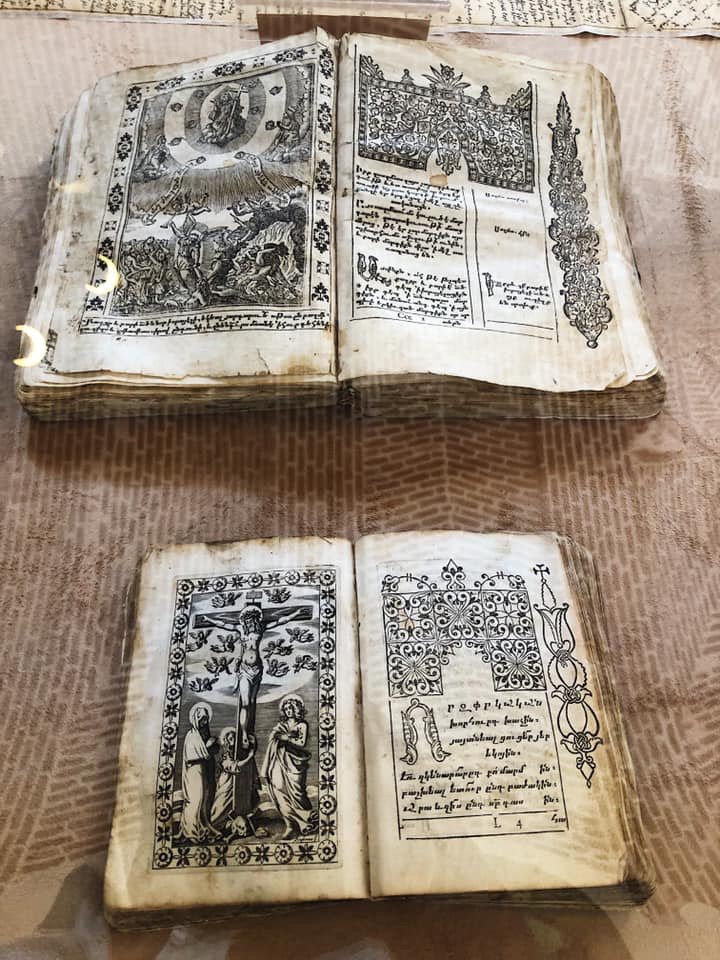


In the early 1800s, Russia invaded the Caucasus - until then part of Iran - as part of its colonial expansion. They reached the river Aras, which became Iran’s new border. And this river that once facilitated back and forth across the region became over night a dividing line. 

The Aras River Valley is one of the strangest borders I’ve ever seen- especially strange for a seemingly calm border that’s an active war zone.
As you drive on the south side in Iran, passing centuries-old Armenian churches, you see no less than 4 borders on the northern side-Naxchivan, Armenia, Nagorno-Karabakh, and finally Republic of Azerbaijan. The shallow river is all that divides you from what was once all USSR. 





Since the late 1980s, Armenia and Azerbaijan have fought a war directly across the river.
While in Iran Azerbaijanis and Armenians live together still, across the river these border mark ethnic dividers.
While in Iran Azerbaijanis and Armenians live together still, across the river these border mark ethnic dividers.

This is Shepherd’s Chapel. It's on the Iran side of the Iran-Azerbaijan border.
It used to have a twin across the river, but as part of Republic of Azerbaijan’s to eliminate any reminder of Armenian history on their soil, it’s twin was demolished.
It used to have a twin across the river, but as part of Republic of Azerbaijan’s to eliminate any reminder of Armenian history on their soil, it’s twin was demolished.

On the way back, a quick stop around Tabriz's cute old town before we proceed on our last leg of the journey! 







Gardaneh Heyran, a steep mountain road through the foggy Hyrcanian forests of northwestern Iran.
Iran’s Caspian coast is covered in these ancient forests, and as you reach their heights the peaks become covered in thick mist, even at the height of summer.

Iran’s Caspian coast is covered in these ancient forests, and as you reach their heights the peaks become covered in thick mist, even at the height of summer.


And a last cup of tea, overlooking the beautiful mountain village of Heyran, just above the Caspian Sea. 

I hope you enjoyed this quick journey through northwestern Iran!
If you're looking for more, check out my Instagram stories, where I post more detailed photos and stories from travel across Iran!
instagram.com/alex_shams/
If you're looking for more, check out my Instagram stories, where I post more detailed photos and stories from travel across Iran!
instagram.com/alex_shams/
• • •
Missing some Tweet in this thread? You can try to
force a refresh

